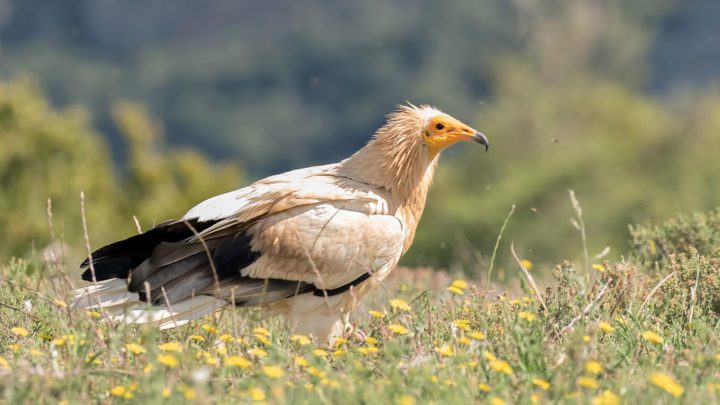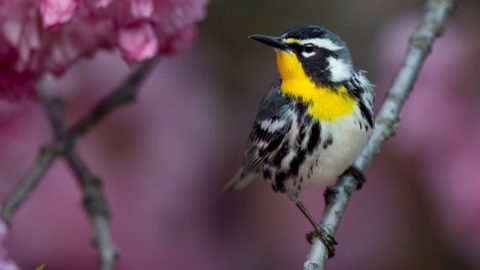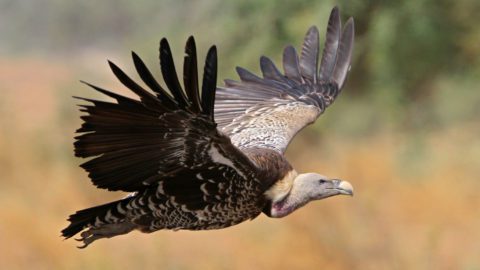In Spain, Momentum Builds for Vulture Conservation
By Gustave Axelson
March 30, 2021
From the Spring 2021 issue of Living Bird magazine. Subscribe now.
Much like vultures in Africa, the great scavengers across the Strait of Gibraltar in Spain have historically been persecuted and poisoned. In recent decades, new collision threats for vultures have arisen in the form of electrical powerlines and wind turbines. And yet, also as with Africa, conservationists in Spain have developed new and collaborative ways to safeguard vultures.
Spain is a stronghold for Europe’s endangered Egyptian Vulture population; a 2018 national census organized by the nonprofit group Sociedad Española de Ornitología (SEO Birdlife) found about 1,500 breeding pairs, up from 1,200 pairs in 2008. Niki Williamson, co-owner of the Spanish bird tour company Inglorious Bustards, says, “Spain’s conservation efforts to tackle the most serious and immediate threats have seen this country begin to reverse the decline.”
In the southern Spanish region of Andalusia—one of the places in the country where vultures continue to decline—new efforts are being launched to mitigate the obstacle course of wind-farm infrastructure. Wind-farm companies have signed agreements with Fundación Migres (a nonprofit bird conservation group) and local governments to reduce bird mortality. One project employs ornithologists to watch for large groups of migrating raptors. When massive migratory flocks of vultures, eagles, honey-buzzards, or Black Kites materialize in the skies, the ornithologists have the power to shut down wind turbines via an app on their smartphones. “The whole shutdown process, from spotting a risk to stopping the relevant turbine, takes less than a minute,” says Williamson.
More on Vulture Conservation in this Issue
Another program to mitigate the risk of wind farms is experimenting with supplementary feeding stations to lure the resident Egyptian Vultures away from the spinning turbines. “Since the trial began, there have been no deaths of local Egyptian Vultures on the wind farms,” says Williamson.
“The fringe benefits of the project have also been impressive!” she says, speaking of the great birding for many species at the supplementary feeding sites. Customers at “the hottest table in town,” as Williamson calls it, have included Eurasian Griffon and Cinereous Vultures, Black Kites, Common Buzzards, Northern Goshawks, and even an adult Rüppell’s Griffon (a vagrant species in Spain that’s typically found in sub-Saharan Africa).

All About Birds
is a free resource
Available for everyone,
funded by donors like you
American Kestrel by Blair Dudeck / Macaulay Library



